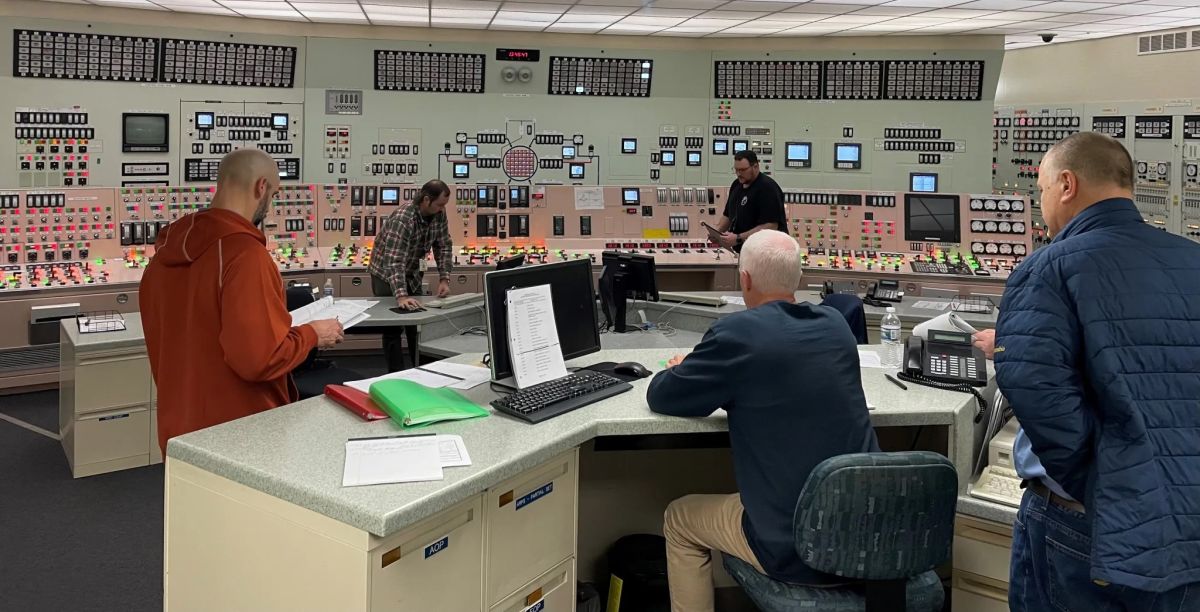Compliance monitoring has become increasingly complex in the energy sector, where regulatory frameworks are extensive and constantly shifting. Companies operating in this space must ensure their operations align with strict government regulations, industry standards, and environmental guidelines. Traditional compliance methods, often manual and time-consuming, struggle to keep pace with the sector’s expansion and innovation. This is where Artificial Intelligence (AI) and Machine Learning (ML) are stepping in as transformative forces. By automating compliance processes, enhancing predictive capabilities, and improving data accuracy, AI and ML simplify compliance monitoring and make it more efficient and reliable.
Streamlining Data Management and Analysis
One of the most significant contributions of AI and ML in the energy sector is the streamlining of data management and analysis for compliance monitoring. Energy companies generate vast amounts of data from sensor networks, IoT devices, and advanced monitoring systems. This data encompasses real-time information on everything from energy consumption patterns to equipment performance. Managing such extensive datasets is overwhelming for traditional systems, often leading to data silos and inefficiencies.
AI-powered data analytics platforms, however, can process and interpret large volumes of data in real-time, providing actionable insights that support compliance. Machine learning algorithms help identify patterns and trends that may indicate non-compliance, allowing energy companies to act proactively. These technologies also enable seamless integration of multiple data streams, ensuring a unified approach to compliance monitoring across all operational areas.

Predictive Compliance with Machine Learning Algorithms
Machine learning’s predictive capabilities offer a powerful tool for preemptive compliance. By analyzing historical data, machine learning models can predict future compliance risks, enabling energy companies to address potential issues before they escalate. For example, ML algorithms can analyze historical maintenance records, equipment failure patterns, and environmental conditions to predict when certain machinery may deviate from compliance standards. This predictive approach is particularly valuable in areas such as emissions control, where regulatory requirements are strict. By foreseeing potential breaches, companies can take preventive action, ensuring that they stay within regulatory limits and avoid fines.
Enhancing Risk Management through Anomaly Detection
Anomaly detection powered by AI and ML plays a crucial role in strengthening compliance and risk management in the energy sector through the following capabilities:
- Anomaly detection using AI and ML helps energy companies identify unusual or suspicious activities in real-time.
- Algorithms analyze real-time data to flag deviations from normal operating patterns that could indicate compliance violations.
- Example: If a machine suddenly operates outside its standard parameters, anomaly detection alerts compliance teams to investigate.
- Anomaly detection assists in fraud prevention and improves security by identifying irregular access patterns or suspicious transactions in energy trading markets.
- Implementing anomaly detection strengthens the compliance posture of energy companies and enhances overall risk management.
- Anomaly detection provides a protective layer against potential threats, ensuring operations remain safe, secure, and compliant.

Real-world Applications of AI and ML
Certrec and Fisher Block, Inc. have recently partnered to bring a solution that simplifies the data-gathering process to help utilities comply with North American Electric Reliability Corporation (NERC) standards. Through Fischer Block’s AI and ML solutions, personnel maintenance, engineers, and plant managers can gather data about their operations to reduce the likelihood of unwanted surprises. From there, Certrec’s SaaS portal and regulatory consultants interpret the information to help plant managers make better decisions and retain valuable records.
For example, Fischer Block’s 24/7 spectral monitoring was able to detect a motor’s cracked rotor bar, which avoided a catastrophic failure. When this technology is combined with Certrec’s regulatory experience, plants can be warned whenever they must take corrective actions based on diagnostics. Certrec’s experts can then communicate what documentation evidence needs to be gathered for NERC. Through this new alliance, plants get a technological advantage to avoid both plant malfunctions and inadequate paper trails.
Conclusion
AI and ML are revolutionizing compliance monitoring in the energy sector by providing tools that are more efficient, accurate, and proactive than traditional methods. From data management and predictive analytics to anomaly detection and automated reporting, these technologies enable energy companies to navigate regulatory requirements with greater ease. By investing in AI-driven compliance tools, energy companies can stay ahead of regulatory changes, reduce operational risks, and build a stronger foundation for sustainable growth in a competitive and highly regulated industry.
To learn more about how Certrec’s AI and regulatory compliance solutions can help your organization stay ahead of the curve, visit us here or contact our team today.
Disclaimer: Any opinions expressed in this blog do not necessarily reflect the opinions of Certrec. This content is meant for informational purposes only.












